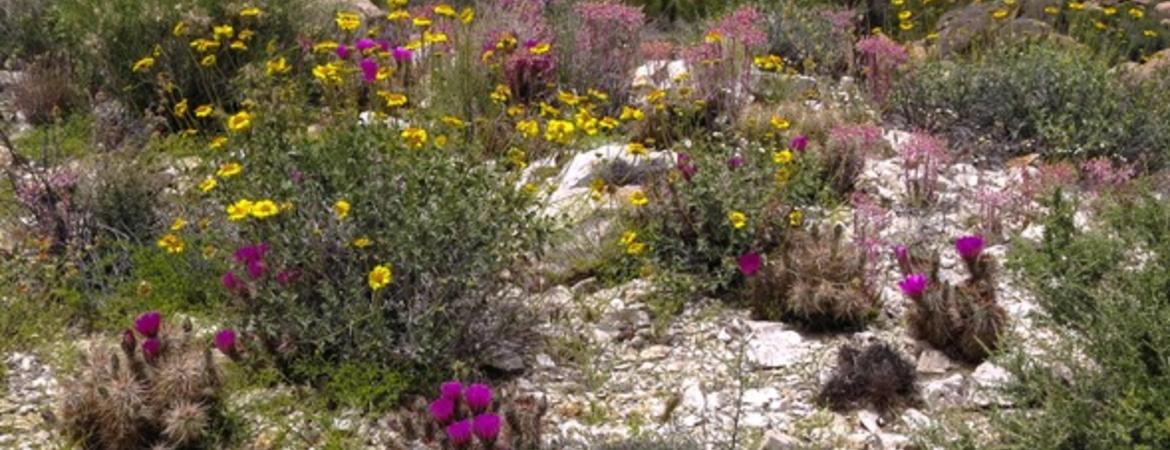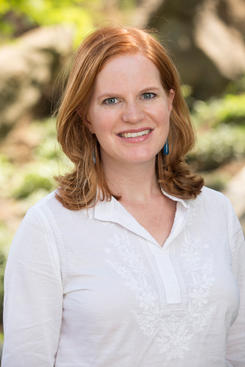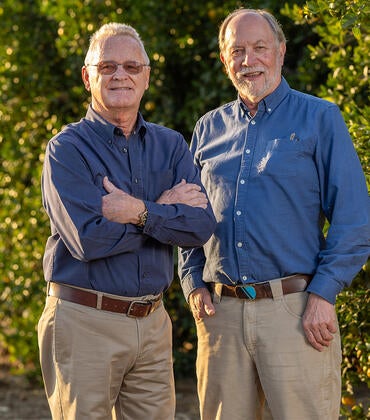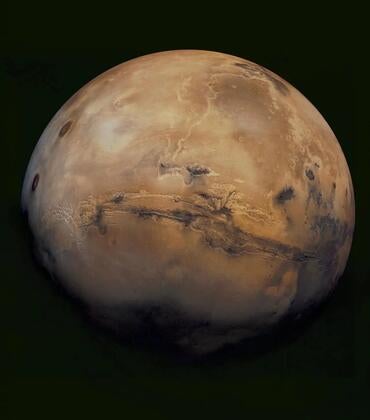
Hot, dry weather in Southern California’s inland desert region is projected to become more extreme over the 21st century, according to a report written by researchers at UC Riverside and the U.S. Department of Agriculture that was released today as part of California’s Fourth Climate Change Assessment.
“We are going to see more extreme daily high temperatures and more days with extreme heat, with increases of 8-14 degrees Fahrenheit projected by 2100” said Francesca Hopkins, an assistant professor of climate change and sustainability in UCR’s Department of Environmental Sciences and lead author on the report. “It is also projected that variability in rainfall will increase, meaning more severe droughts and possibility of flash flooding.”
The Fourth Climate Change Assessment is a series of 44 technical reports that provide the scientific foundation for the understanding of climate change in California and will help the state prepare. The reports address the impact of climate change on the economy, agriculture, energy, land use, public health, sea level rise, water, wildfires, and other areas. In addition to the technical reports, the assessment has been distilled into 13 summary reports and a brochure, allowing the public and decision makers to easily access the findings.
California has completed three prior Climate Change Assessments. Since the release of California’s Third Climate Change Assessment in 2012, the state has experienced several of the most extreme natural events in its recorded history, including a severe five-year drought, an unprecedented tree mortality crisis, damaging floods driven by atmospheric rivers, and increasingly large and destructive wildfires.
The Fourth Assessment suggests those events will worsen statewide, and in the Inland Desert region, which includes parts of San Bernardino and Riverside counties and all of Imperial County.
Hopkins said extreme temperatures will impact public health and the economy, particularly the agriculture and tourism sectors. She believes the future of environmental quality in the region is dependent on the fate of the Salton Sea. The saline lake is already shrinking and posing a public health hazard due to dust emissions that affect residents of the Imperial Valley.
“The Salton Sea is shrinking because of competing priorities for water supplies,” Hopkins said. “Climate change will exacerbate this stress through increased evapotranspiration rates and more variable rainfall rates.”
A bright spot, said Hopkins, is the region’s economy will likely be boosted by development of solar and other forms of renewable energy, which is a key part of California’s strategy to reduce greenhouse gas emissions and tackle climate change.
“By shifting away from fossil fuel burning, we can actually see improvements to the economy of this region,” Hopkins said.
Hopkins and other UCR researchers will discuss the Fourth Assessment and the Inland Deserts report at a symposium geared to regional decision-makers and stakeholders on Friday, Oct. 12 at UCR’s Palm Desert Campus. The event is organized by Climate Resolve, a Los Angeles-based nonprofit focusing on local solutions to global climate change. Learn more and register at Eventbrite.




